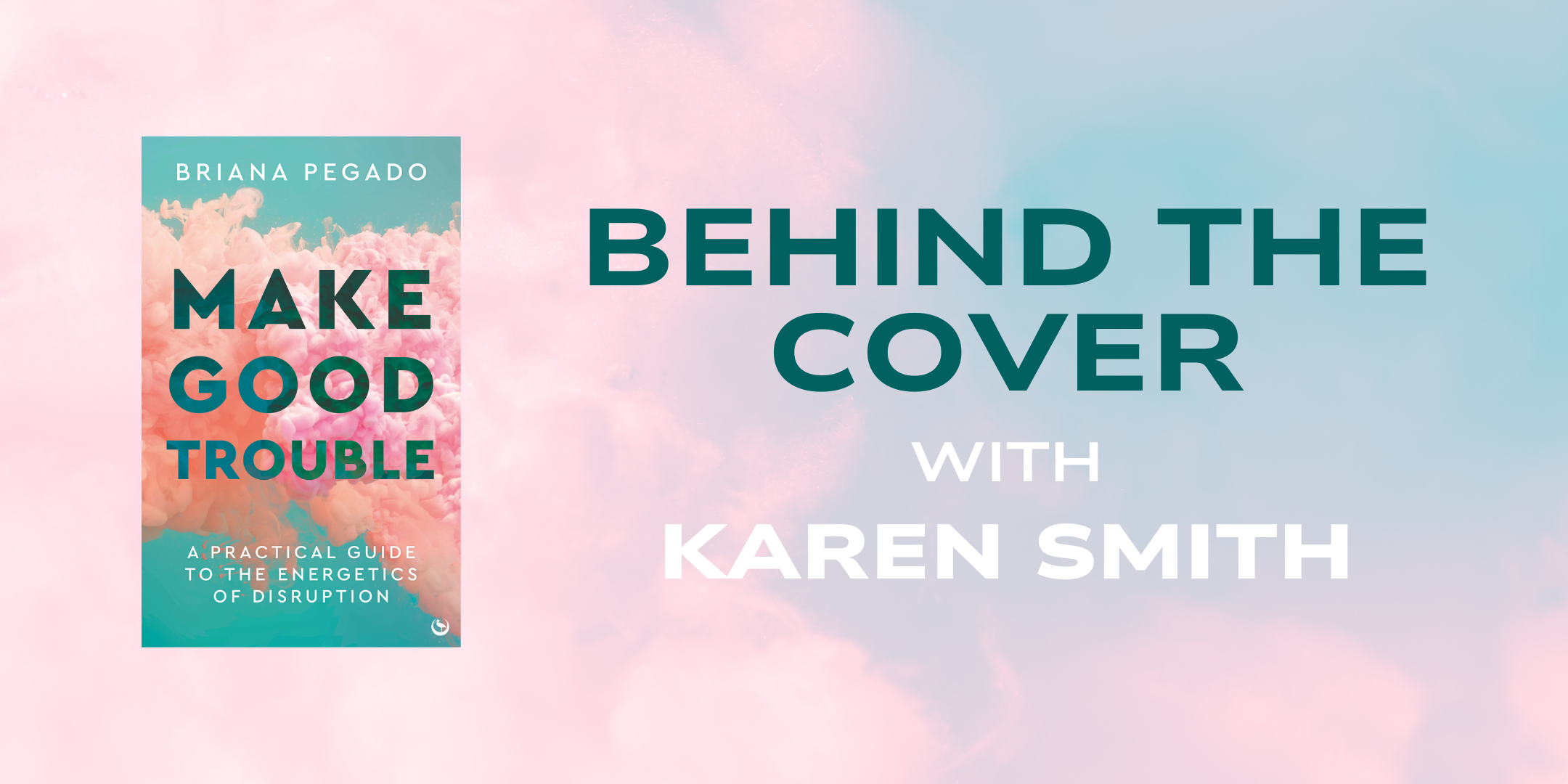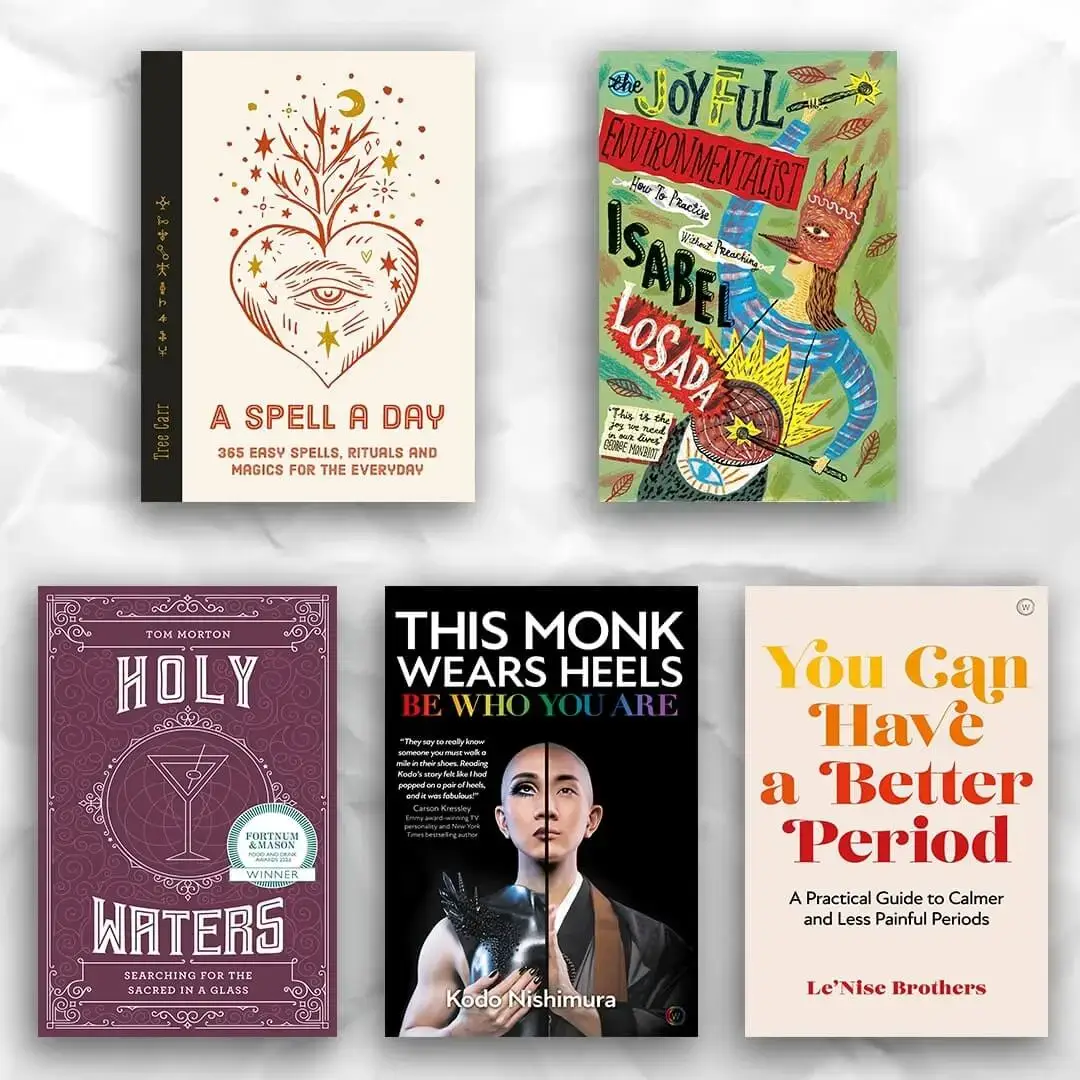Watkins Insider – Audiobook Appreciation Month with Gigi St John

In case you hadn’t noticed yet, it’s Audiobook Appreciation Month! In honour of the celebration, I asked our Digital Production Assistant Gigi St John to chat with me about the future of audiobook production.
“Audiobook production is a relatively new and exciting area of the publishing trade, and it’s an area which is currently experiencing massive growth,” says Gigi. Many people struggle with reading. This may be due to sight impairments or dyslexia, or simply struggling to find the time to read – Gigi reminds us that finding the time to sit down with a book can be something of a luxury. However, people do often have the time to listen to audio content as this can be done on the go. From busy parents on the school run, to commuters, students, and people who work with their hands, audiobooks open the door to a new way of receiving stories. But is it really all that new?
Oral storytelling is a centuries-old tradition. Long before we had standardised written language, oral storytelling was a central part of almost every culture globally. This was often performative, with tone, expression, and voice control being key elements of creating engaging and immersive worlds. The technology we are using today may feel new, from immersive productions like the new audio edition of 1984 with its own original musical score, to the AI-generated software used to manipulate celebrity voices as in the case of Spare by Prince Harry. However, the act and art of storytelling has been honed and revered across centuries of human history.
Gigi advocates strongly for the actors and studios she works with and holds great respect for the art of audiobook narration. I wanted to know if she believes audiobooks can be used as a tool for learning empathy and improving social interactions in young people. “The audiobook medium is really quite intimate. Most people listen solo and you literally have the narrator’s voice in your ear. Listening and relating to that one person in the moment can have a big impact on how you receive the text. Actors add a level of interpretation to the text and can have a huge impact on how it is received. So, yes – I think that the audio format can not only be a useful tool for children developing empathy, but for all of us in our understanding of characters and, by extension, one another.”
Gigi has limitless praise for the dimension and realness with which actors imbue their narrations. “You can read a character one way on the page, then hear an actor give them a voice and see them in a totally different light.” Here at Watkins, all narrators are approved by the author so Gigi can be confident the final audio rendition represents the book as the author intended.
A number of our Watkins non-fiction titles have been narrated by the authors themselves, many of whom host or feature on podcasts. I asked Gigi if it was different working on non-fiction with the author narrating their own work. “Non-fiction can really benefit from being read by the author. For example, Talitha Fosh recently narrated the audio version of her book, Hooked. The book speaks to her own experiences, so it just wouldn’t be the same coming from anyone else. On the other hand, fiction really benefits from professional actors who can bring all the different characters to life in a vibrant way.”
I wanted to know how Gigi thought AI technology could impact the future of audiobook production and, by extension, consumption. Initially an AI sceptic, Gigi has been surprisingly impressed by the samples she has heard thus far. I myself was amazed by the samples I listened to at the London Book Fair earlier this year. “Digital speaking software is not new,” Gigi explains, “and it may create opportunities for smaller publishers to create more audiobooks more affordably.”
However, Gigi confided in me a worry that AI-generated audiobooks could one day change the nature of audio consumption. Their existence could develop an elitism in which audiences will be willing to pay more for real-voice recordings of celebrity-read audiobooks, or very little for AI-generated ones, but might be less inclined to pay a middling fee for voice actors with whom they are not familiar, but who are professionally trained to bring books to life. She worries about the possibility of non-famous actors being pushed out of the industry and the impact that may have on studios. However, she strongly believes that there will always be a need for professional voices in audio production.
Audiobook production is still an emerging space. We are constantly seeing new and creative ways of using audio technology, so it is hard to predict exactly what will happen in the next 10 years. This interview has opened my eyes to the complexities of digital production and the exciting developments taking shape. I will certainly be immersing myself in a few audiobooks this month! You can celebrate Audiobook Appreciation Month by listening to one of our incredible audiobooks produced by Gigi St John. All of our audiobooks are available to listen to now on Audible.
I would like to thank Gigi St John for taking the time to speak with me about her role and successes. For more blogs, visit https://watkinspublishing.com/blog/ and subscribe to our newsletter for monthly updates on new books, upcoming events and special deals.









